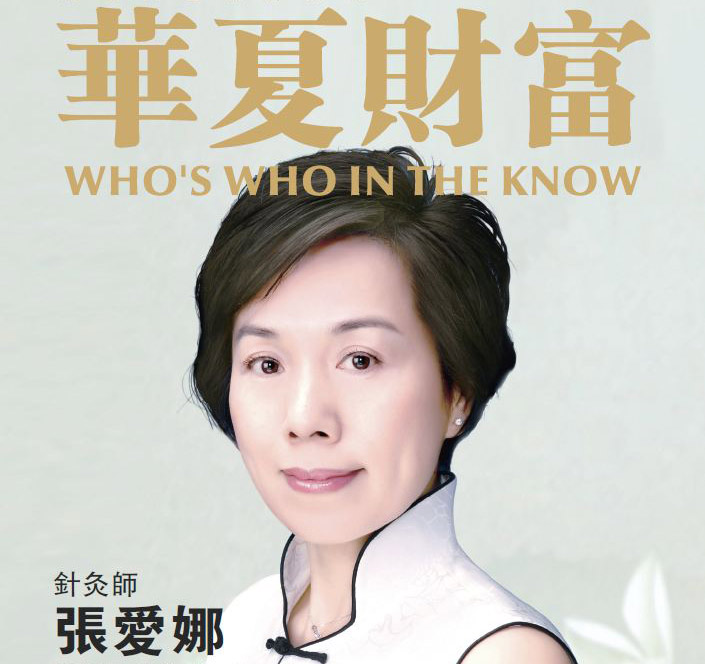In my professional opinion, if the design and execution of the clinical studies were to incorporate TCM fundamentals and particularities, the efficacy of acupuncture around ET could be significantly better and more consistent.
There are obvious improvements could be made in the future clinical studies for evaluating the therapeutic potentials of acupuncture during IVF:
- Harmful acupoints (acupuncture points), such as SP 6 and LI 4, were known to promote uterine contraction and may cause miscarriage, therefore they should not be used after ET. And yet, SP6 was used in all 7 clinical studies and LI4 was used in 5 out of 7 clinical studies analysed by T EI-Toukhy et al. Dr Paulaus Wolfgang’s work was groundbreaking, but his selection of acupoints (included SP 6 and LI 4) was by no means perfect. It is puzzling that these two obviously unsuitable acupoints were so frequently included in the subsequent clinical studies. In another word, probably no experienced TCM gynaecologists were ever consulted or their advices were completed ignored in this regard.
- The basic principle of choosing acupoints according to an individual’s condition has been totally ignored in these clinical studies. The same group of acupoints were given to all patients in the treatment group6. If the present rules governing clinical study do not permit prescribing acupoints individually, then they perhaps should be modified when doing acupuncture related clinical study. The current designs in almost all clinical studies do not reflect on how acupuncture has been practiced historically and presently in TCM clinics. What is the point of doing clinical studies to evaluate something that is not even being actually practiced?
- Today, most IVF patients receive acupuncture treatment for weeks, months or even years before ET, while all available clinical studies only intend to evaluate the efficacy of 2 or 3 acupuncture treatments around ET. This limitation many severely underestimate the true value of acupuncture as an adjunctive therapy to IVF.
- People with questionable qualifications are inserting needles in IVF patients in many clinical studies. According to a meta-analysis conducted by T EI-Toukhy et al, page 1209, only in three out of eight clinical studies, “acupuncturists” were used to administer needles. In early studies cited by T EI-Toukhy et al, page 1207, acupuncture were administered by “trained midwives, trained nurses, and trained gynaecologists”.
concluding thoughts
Even for these who have the title of “Acupuncturist”, I suspect many of them are not proficiently trained in TCM gynaecology. No one in their right mind would think that a family doctor can do a decent job as a gynaecologist. The same common sense applies to an acupuncturist as well. How can one expect acupuncture to achieve consistent and superb results when it is administered by under qualified or barely qualified practitioners?
Personally, I think that it takes a minimum five years of full time clinical practice for a university graduate to be proficient in TCM gynaecology. No one would claim that an acupuncturist, after being trained part-time for half a year, can adequately perform a fertility doctor’s job, so why is it that acupuncture is assumed to be so simple that “trained midwives, trained nurses, and trained gynaecologists” can adequately perform the job?








